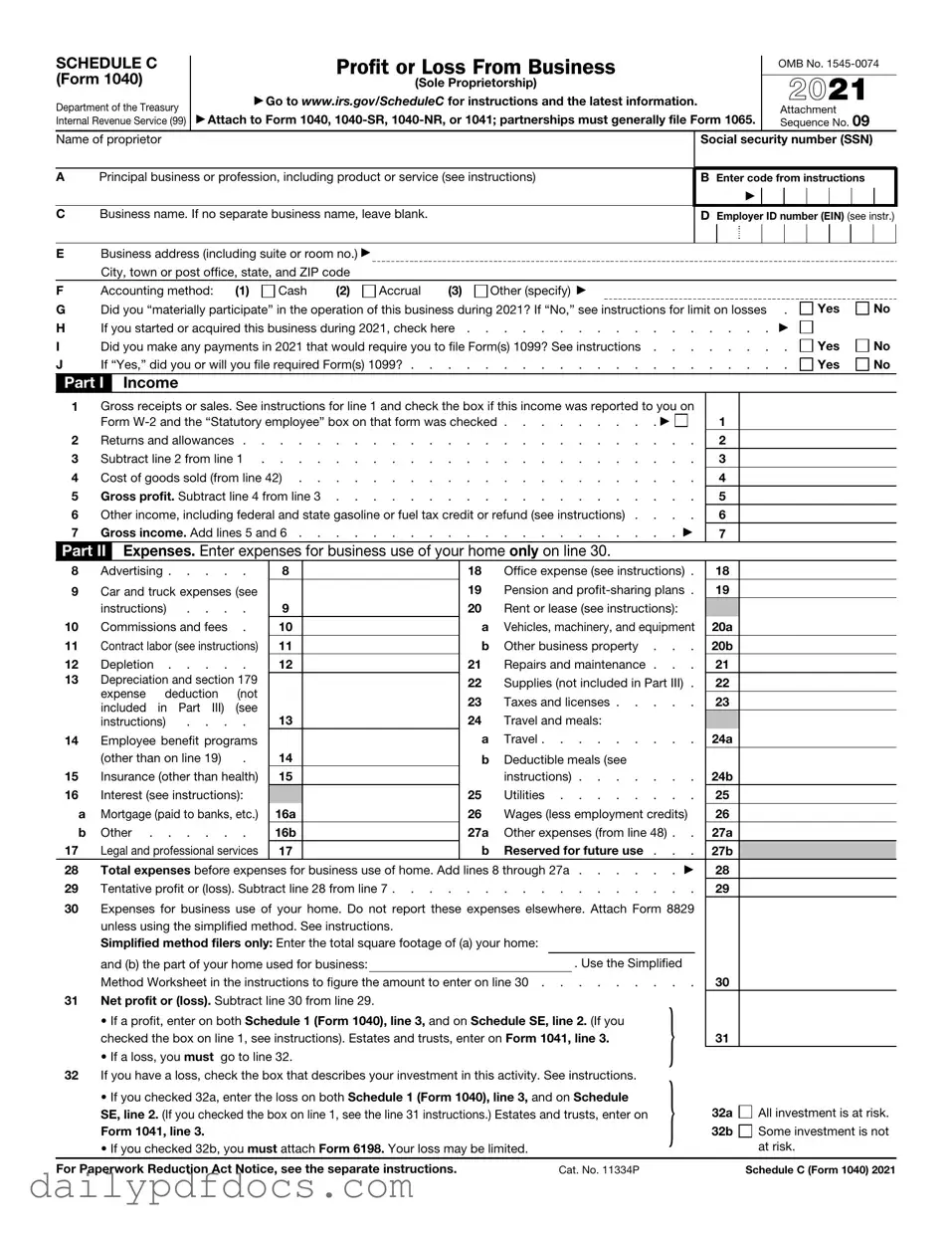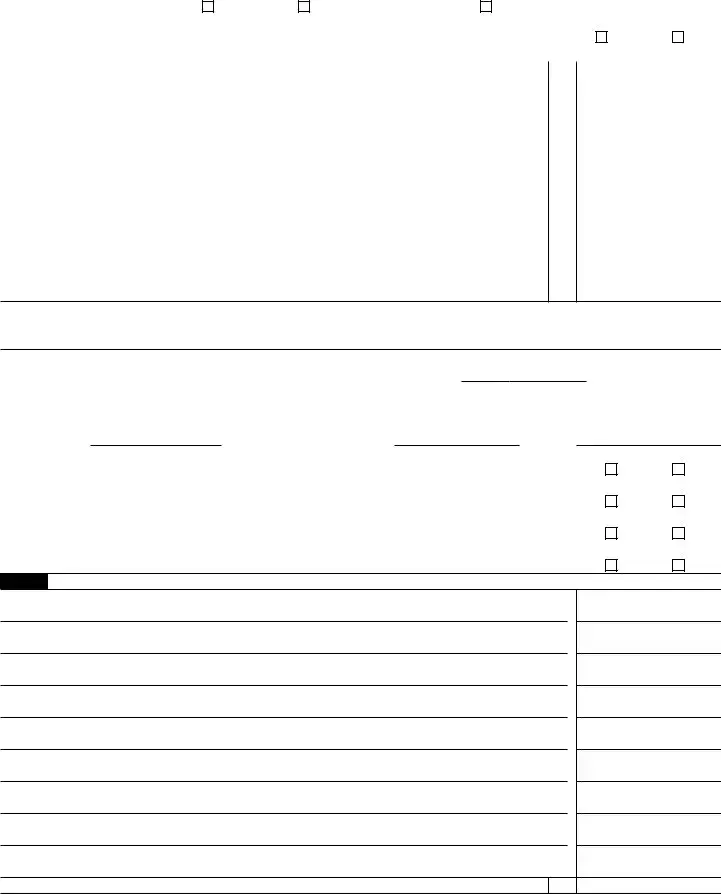What is IRS Schedule C?
IRS Schedule C is a tax form used by sole proprietors to report income or loss from their business. It is part of the individual income tax return, Form 1040. This form helps the IRS understand how much money you made and what expenses you incurred while running your business.
Who needs to file Schedule C?
If you operate a business as a sole proprietor, you must file Schedule C. This includes freelancers, independent contractors, and anyone else who earns income outside of traditional employment. If your business is a partnership or corporation, you will need to use different forms.
What information do I need to complete Schedule C?
To fill out Schedule C, gather details about your business income and expenses. This includes your gross receipts, any returns or allowances, and various business expenses such as advertising, utilities, and supplies. Accurate record-keeping throughout the year will make this process easier.
How do I report income on Schedule C?
Report your total income in Part I of Schedule C. This includes all money received from your business activities. If you have any returns or allowances, subtract those from your gross receipts to determine your net income. Be sure to keep thorough records to support your reported figures.
What expenses can I deduct on Schedule C?
You can deduct a wide range of business expenses on Schedule C, including rent, utilities, office supplies, and travel expenses. Additionally, costs for advertising, vehicle expenses, and professional services are also deductible. Ensure that all expenses are ordinary and necessary for your business operations.
What happens if I have a loss on Schedule C?
If your business expenses exceed your income, you will report a loss. This loss can offset other income on your tax return, potentially lowering your overall tax liability. However, it is essential to maintain proper documentation to substantiate the loss if the IRS requests it.
Do I need to pay self-employment tax if I file Schedule C?
Yes, if you earn a net profit from your business, you are responsible for self-employment tax. This tax covers Social Security and Medicare contributions. The self-employment tax is calculated on Schedule SE, which is filed alongside your Form 1040 and Schedule C.
Can I file Schedule C electronically?
Yes, you can file Schedule C electronically using tax preparation software or through a tax professional. E-filing is often faster and can help reduce errors. Many software options will guide you through the process, ensuring that you include all necessary information.







